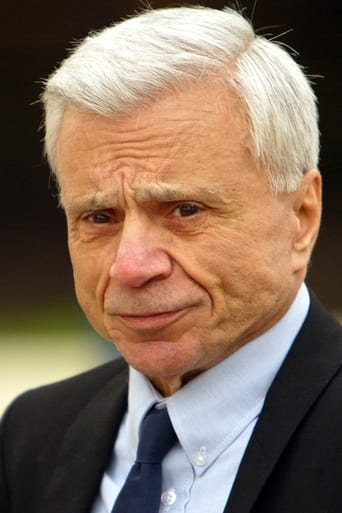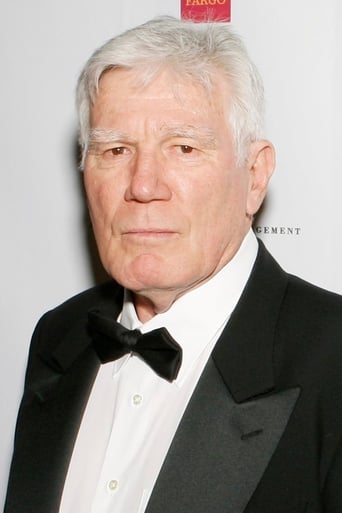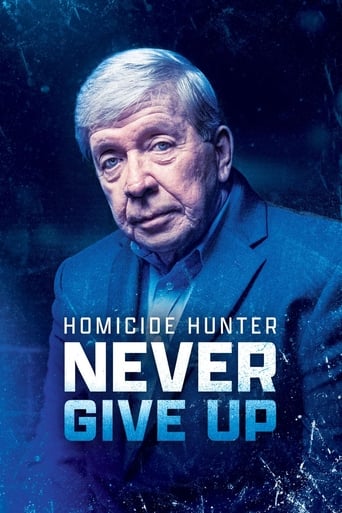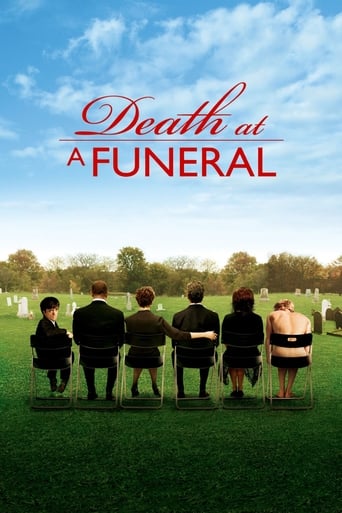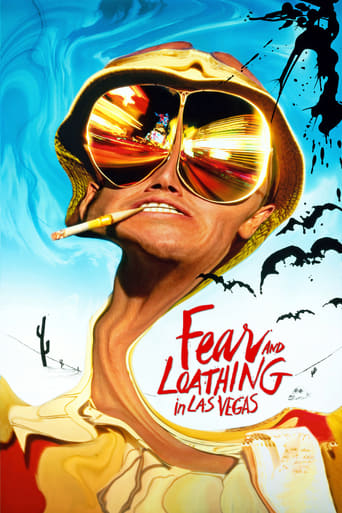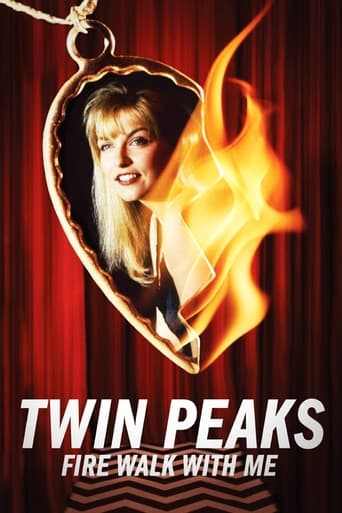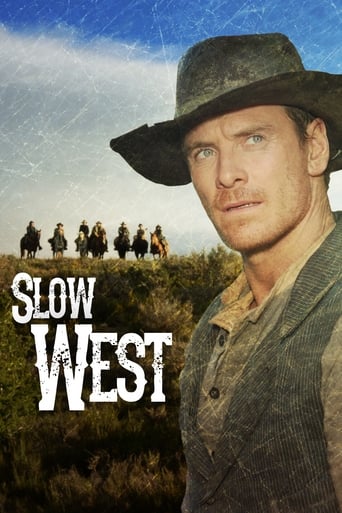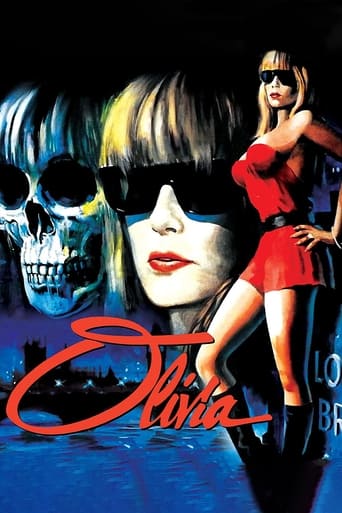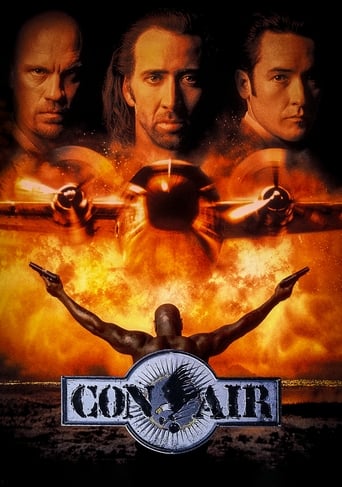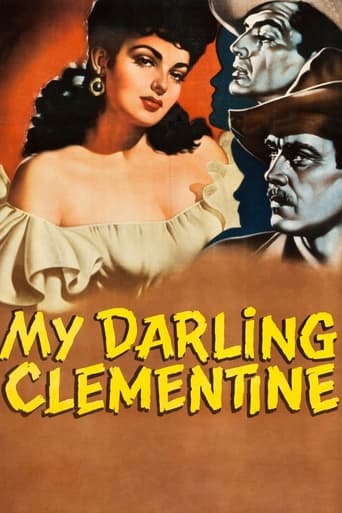Electra Glide in Blue (1973)
A short Arizona motorcycle cop gets his wish and is promoted to Homicide following the mysterious murder of a hermit. He is forced to confront his illusions about himself and those around him in order to solve the case, eventually returning to solitude in the desert.
Watch Trailer
Free Trial Channels
Cast


Similar titles
Reviews
This is How Movies Should Be Made
Boring
it is the rare 'crazy' movie that actually has something to say.
Blistering performances.
The film follows 'Big' John Wintergreen (Robert Blake), a diminutively statured highway patrolman based in the deserts of Arizona. John takes pride in his work and does his job fairly and efficiently but also yearns to be promoted to the rank of detective and see some real police work. When he discovers the apparent suicide of an eccentric loner and, rightfully, suspects foul play, his opportunity arrives and he is taken under the wing of no-nonsense Detective Harve Poole (Mitch Ryan). This sets John off on a journey that makes him question justice, authority and his own sense of identity.I really enjoyed the film. From an era in which Hollywood was seemingly torn in half by rebellious counter-culture movies such as 'Easy Rider' and hard-boiled Cop dramas like 'Dirty Harry', Electra Glide In Blue makes a bold step in placing itself somewhere in between these two camps. The film, like John himself, views both authority figures and free-spirited hippies with an even-handed face value, with neither side being demonised or exalted. The influence of Easy Rider looms heavily over the picture, not only in the stylised photography of the American landscape and the depiction of the motorcycle as the modern day outlaw's 'steed' but also with some knowing references to 1969 counter-culture classic, the film's ending cleverly mirrors that of Easy Rider but Guercio is quite blatant in showing that his film has a different agenda entirely (one scene features Wintergreen and his other officers using a poster of Hopper and Fonda as target practice at the shooting range).Although Wintergreen is depicted as the films 'hero', he is clearly a flawed and complex man. He seems to be driven to achieve greater things by a kind of Napoleon syndrome, as his height (or lack of it) is referred to throughout the film, not only is he jokingly referred to as 'Big' John, there are barely any scenes in which he stands eye-to-eye with another character. It's only when he's perched upon his motorcycle does he feel equal with the rest of the world. This, ultimately, becomes his undoing as he clearly begins to resent the fact that, when away from his bike, he lacks the confidence and grit to be an able detective. At one points an exasperated Wintergreen says (about his motorcycle) "I'm here to tell you there ain't nothing' in the world I hate worse than that elephant under my ass." The film is ultimately about loneliness, escapism, aspirations and a yearning to find one's true self. The murder investigation that ties the film together simply acts as a macguffin (http://en.wikipedia.org/wiki/MacGuffin- for those who aren't in the know) to base Wintergreen's journey of self discovery around. Another theme of the film is the ambiguity of justice and the middle ground between right and wrong as Wintergreen learns the difficulty of upholding the law without breaking a few rules, and his career aspirations become tainted as he fights against the apathy and corruption of his fellow police officers. This is a film which has neither good guys or bad guys.As well as having a strong narrative structure the film is wonderfully photographed and it's a shame that, to this date, this is the only film that John William Guercio has directed as he shows a real flair for film-making. He establishes scenes by focusing on peripheral information as opposed to putting the main action right up front. The story unfolds at a gradual pace and Guercio uses the breathtaking Arizona landscapes as a character itself to highlight Wintergreen's isolation and loneliness (both of these aspects reminded me strongly of the work of Terrence Malick). The film also uses some wonderfully stylised sequences to set up the scenario and the opening credit sequence, in which Wintergreen meticulously puts on his highway patrolman's uniform seems to fetishise the appearance of the motorcycle cop (surely referenced by the T-1000 in James Cameron's Terminator 2- Judgement Day?) I thoroughly enjoyed Electra Glide In Blue and can find only a handful of flaws with it. There are a couple of sequences that seemed out of step with the rest of the film- There is a frenetic stunt-laden chase scene that, although it impresses individually, seems to jar with the philosophical nature of the rest of the film. Another scene, in which a waitress is revealed to be the object of affection of both Wintergreen and Poole seemed to drag a little and could have easily ended up on the cutting room floor without greatly affecting the structure of the film.But all-in-all a very well made and interesting film. Robert Blake gives a brilliant performance, the pacing of the film and the dialogue hold up well and the cinematography is superb. It also features an exceptionally memorable final shot.9/10Now, I know James William Guercio has never made another film but has Robert Blake done anything interesting lately?.......
Everybody likes to ride around on a motorcycle in the sunshine, and, what with the desert climate of southern Arizona, you get not only the wind in your hair and the scent of sagebrush but a rosy tan as well. Unfortunately, Robert Blake and his partner, Zipper (Billy Green Bush), are constrained by their police uniforms and what they call proper police procedure, or PPP. The movie is essentially about how closely the police force follows that procedure when murder is involved.Two old weirdos live in a desert trailer and when one is found murdered the other (Elisha Cook, Jr., more flamboozled than ever) is arrested. But did he do it? And, if so, why? The written story is dated. The affable and sympathetic Blake is taken under the wing of his superior, Mitch Ryan, a big blustering detective who beats up hippie informants while Blake must stand silently by. Yes, this is a movie which pits the ugly cops against the far-from-innocent but still human hippies. The hippies dress in rags, do dope, and -- hold on -- they have long hair. All they want is to be left unhassled, but Ryan is intent on cementing community relations by beating them to a pulp.Mitchell is not only a bully but, even worse, his drunken girl friend explains to Blake that he is also impotent, causing Mitchell to almost pop his cork and hate Blake, finally demoting him and putting him back in uniform on his hated police motorcycle. (He'd love to have a more colorful machine with Electraglide transmission.) I think Blake's motorcycle represents the police force, which in turn represents the society which the hippies must live in and which hates them for reasons that are "accidental" rather than "essential." Mainly, they look funny. (None of them can act, either.) In fact, I think Robert Blake's character must illustrate Edmund Burke's dictum, "All that is necessary for evil to triumph is for good men to do nothing." How else can we explain this good man's assassination by previously harassed hippies at the end? Why else does Blake suffer? He's guilty of no wrong doing, intelligent enough to solve a rather complicated homicide, and in the end courageous enough to tell his sadistic boss that the boss is full of horse hockey.The dialog is kind of stylized, especially Mitch Ryan's. He carries on with his rodomontade as if speaking to Jesus. It isn't exactly realistic. That's okay because at least it's an attempt to be original. The narrative, though, sometimes falls flat. After being promoted to detective by Ryan, Blake lovingly dresses himself in expensive new civilian clothes, if a modified cowboy outfit can be considered civilian, and strides outside only to look down and see that he's forgotten to put on his trousers. It's not really either credible or amusing, though it's supposed to be cute, I guess.The direction is okay. The camera is where it should be, and at the proper times, but -- can we have some kind of moratorium on slow-motion violence? Sheez! A pursued hippie on a motorcycle crashes through a cafe window and I fell asleep before he finally hit the floor.The climactic scene was shot in Monument Valley. Warning to all film makers. Lay off. That's John Ford territory.
A requiem for the death of the American hero. No, this is not the plotthis is what the movie accomplishes. Do not mistake this existential parable for what may otherwise seem like a superficial counter-culture exploitation flickit is nothing of the sort.Record producer Guercio's first (and last) effort at film-making, captured beautifully by the late cinematographer Conrad Hall, leaves the viewer wondering "where have all the cowboys gone?" John Ford taught us that the hero rode a white horse and did the right thing, even if it killed himand in this Vietnam-era analogue, Blake is a five-foot four-inch leather-clad motorcycle cop writing speeding tickets along a lonely two-lane road cutting through monument valley. With high hopes and ideals, he aspires not only to do more but to become more...and for a while he succeeds. But the world is different, people are different, and the old heroes he admired are not just obsoletethey are extinct.We are inexorably drawn through his disillusionment and our own to an ending that is sad, tragic, and inevitable.
This movie, like a lot of movies of that time are just way too cool...remember Vanishing Point or The Last Detail? Stuff like that...cool script...trippy music...strange characters...great locations...weird lighting...not too pretentious...very realistic while strange at the same time...you are laughing one minute, shocked the next...and usually very original...a lot of the music then was the same...let's see, Cinderella Liberty, Carnal Knowledge...I guess you could go on and on...but strange, cool little movies that you can't forget...and unlike many modern movies, not overdone...just right...usually has you walking away kinda scratching your head...Technically, I guess heavy duty film critics could find a million things wrong with them but even the flaws make the quality happen too...weird...I love movies like that...I guess because they don't spoon feed you like all too many of the movies of the last fifteen years or so do...again...just right...let's see, Serpico, The Lords of Flatbush...Midnight Cowboy ('69?)...on and on...






